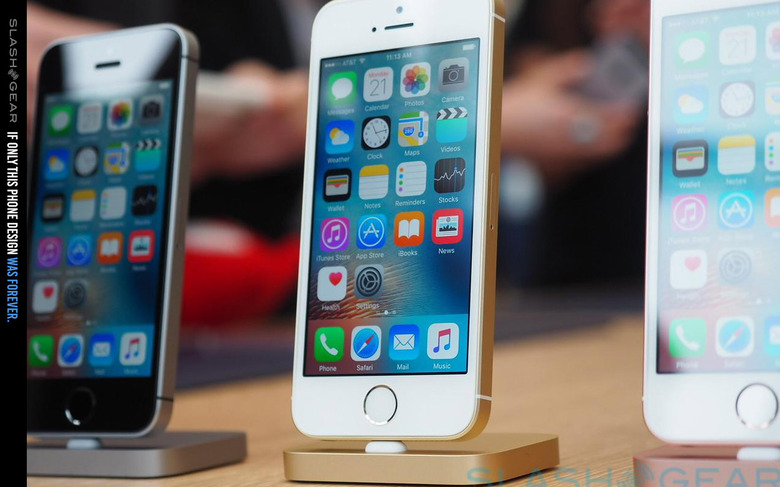iPhone 5G mmWave 1 And 2: Why You Needn't Wait
Today we're looking at a few factors involved in the launch of the first and second generation 5G-enabled iPhones for 2020 and 2021. Apple's not officially stated that they'll absolutely release iPhones in 2020 and/or 2021 with different sorts of 5G, but we've got enough must-do and common sense information now to make some assessments. We begin with a little information about the two major sorts of 5G in the USA (and coming in the near future).
If you head back to an article by Chris Davies in April of 2019, we see some information that was then released by the US Department of Justice (DoJ). It is there that we get a clear notation about the most major hurdle for 5G release here in the USA – the bands. It's all about the bands!
"The problem is that the 3GHz and 4GHz spectrum being utilized for 5G in most of the rest of the world – generally known as sub-6 – are exclusive Federal bands in the US," wrote Davies. "In particular, they're heavily relied upon by the Department of Defense."
Imagine a strip of pavement on which a race will take place. On the left we start just below 1Ghz, all the way over to the right at 100Ghz. The space just below 1Ghz all the way to 3Ghz is a lane where 4G drives. From 3Ghz to 4Ghz, we have lanes relied upon by the DoJ, AS WELL AS lanes utilized for 5G in most of the world. Starting at 24Ghz all the way up to 100Ghz, we have lanes used by "mmWave" (millimeter wave).
The first generation of 5G-enabled iPhone will have the ability to work with sub-6 5G. That's the 5G utilized by the majority of the world's 5G systems today. Apple always wants to release iPhone features that work reliably when the device is available to consumers. Because sub-6 5G is going to be more widely available to the majority of consumers before mmWave, they'll release an iPhone with sub-6 5G first, almost certainly inside 2020 – probably in September.
In a report posted by Street Insider today from Susquehanna analyst Mehdi Hosseini, Apple could potentially launch an mmWave iPhone in December 2020 or January 2021. They've suggested that Apple will likely make and release around 52-million sub-6 5G iPhones in September, then just 8-million mmWave 5G iPhones in December or January.
It's expected that there'll be both OLED and LCD models for 5G (sub-6) iPhones in 2020. That'd indicate we'll be seeing an iPhone SE 5G in September of 2020.

If you're the sort of person who wants to get in on the fastest 5G as soon as possible, it's likely you already own a Samsung Galaxy S10 5G, or something similar. If you want access to the fastest 5G on an iPhone, you might need to wait until December. If you want 5G on an iPhone with worldwide coverage right out the gate, you'll get something along those lines in September – more than likely!
